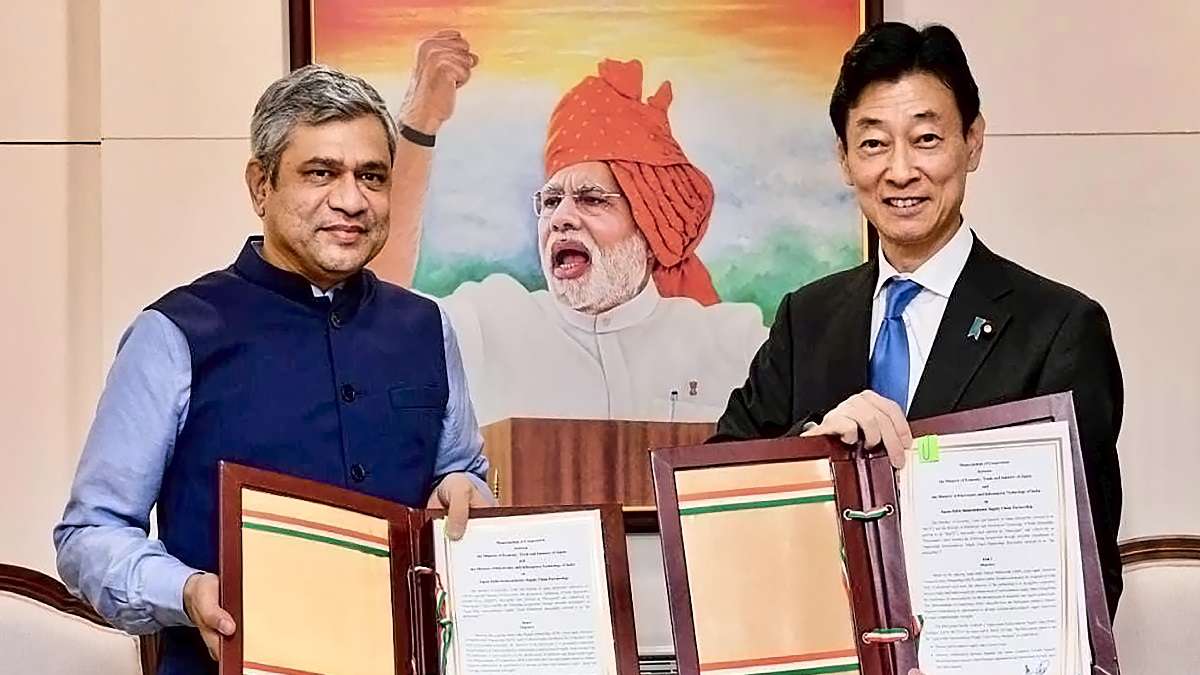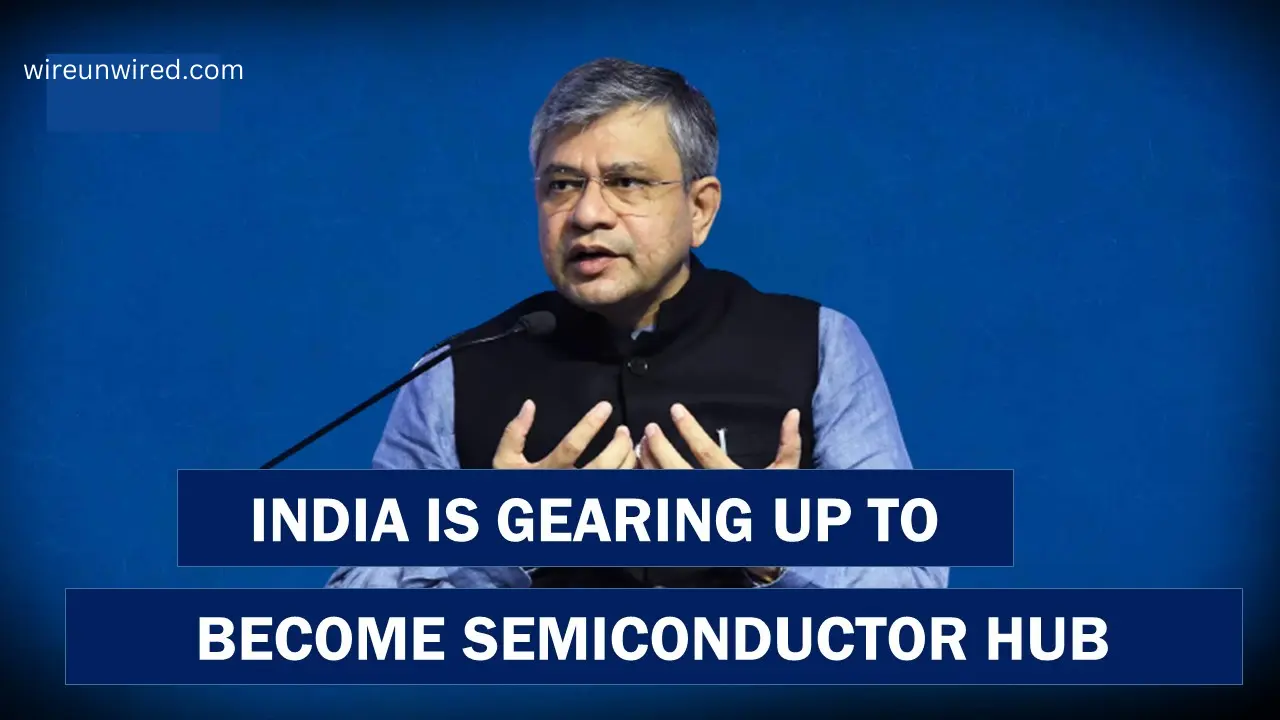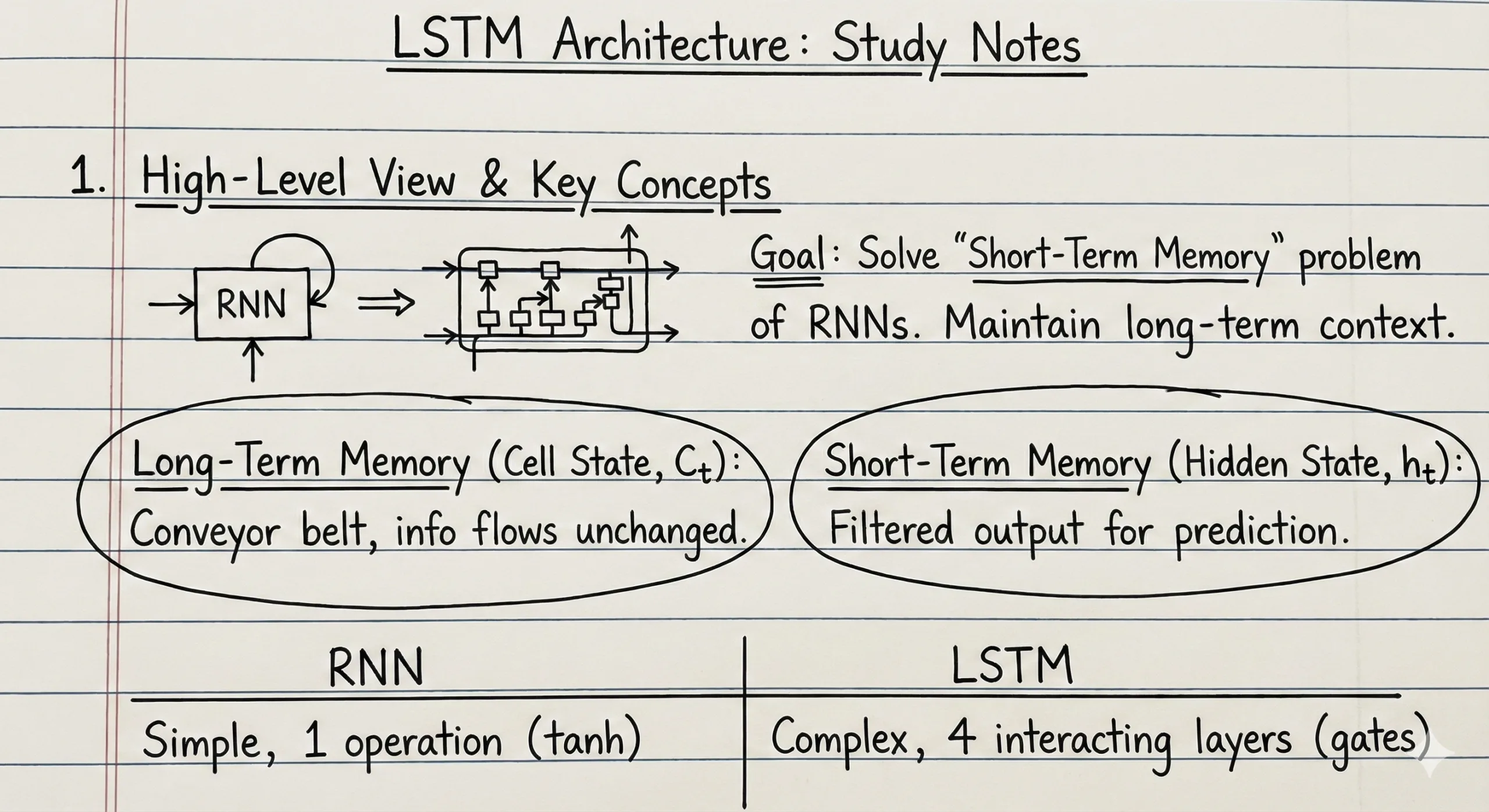“India Semiconductor: How India Aims to Lead by 2026”
Semiconductors are the building blocks of modern electronics, powering everything from smartphones and laptops to cars and rockets. They are also crucial for national security, as they enable advanced defence and communication systems. However, India currently imports 100% of its semiconductor needs, spending over $15 billion on electronics imports in 2020. This makes India vulnerable to global supply chain disruptions, geopolitical tensions, and cyberattacks. To reduce this dependence and boost its self-reliance, India semiconductor industry has set an ambitious goal of becoming a global leader in the semiconductor industry by 2026.
India’s semiconductor vision is driven by several factors that make it a promising destination for chip innovation and production.
First, India has a huge and growing market potential for semiconductor products, with a projected domestic semiconductor consumption of $55 billion by 2026. This is largely driven by three industries: smartphones and wearables, automotive components, and computing and data storage. India is already the second-largest smartphone market in the world, with over 500 million users.
India is also expected to become the third-largest automobile market by 2026, with a growing demand for electric vehicles and connected cars. Moreover, India is witnessing a surge in data generation and consumption, with over 750 million internet users and a booming digital economy.
Second, India has a strong talent pool that can propel semiconductor developments and encourage domestic chip design skills. India has over 1.5 million engineers graduating every year, many of whom are skilled in software development and digital technologies. India also has a vibrant startup ecosystem, with over 50,000 startups and 100+ unicorns. Many of these startups are working on cutting-edge technologies such as artificial intelligence, internet of things, cloud computing, and blockchain, which require high-performance semiconductors.
India also has a rich legacy of chip design, with over 200 design companies operating in the country and employing over 40,000 engineers. These companies have contributed to the design of some of the world’s most advanced chips for global giants such as Intel, AMD, Qualcomm, and Samsung.
Third, India has a supportive policy environment that aims to boost domestic manufacturing, india semiconductor industry and attract foreign investments in the semiconductor sector. The government has announced several incentives and schemes to promote electronics manufacturing in India, such as the Production Linked Incentive (PLI) scheme, which offers up to 6% incentive on incremental sales for five years.
The government has also allocated $10 billion to subsidise the setting up of semiconductor fabrication plants (fabs) in India, which can produce chips from raw materials. The government has also signed a Memorandum of Understanding (MoU) with the US on Semiconductor Supply Chain and Innovation Partnership, which aims to coordinate semiconductor incentive programmes and facilitate joint research and development between the two countries.,

These factors have resulted in some significant milestones for India semiconductor industry in recent times. In February 2023, Israel-based International Semiconductor Consortium announced plans to build India’s first semiconductor fab in Noida, Uttar Pradesh, with an investment of $7.5 billion. The fab is expected to produce chips for mobile devices, automotive components, medical devices, and defence applications by 2025.
In June 2023, US chipmaker Micron Technology announced that it would invest up to $825 million to build a semiconductor assembly and test facility in Gujarat, taking advantage of the fiscal support offered by the Indian government. The facility is expected to create over 1,000 jobs and support Micron’s global operations by 2026. In August 2023, Indian conglomerate Vedanta and Taiwanese manufacturer Foxconn announced a partnership to invest $19.5 billion in building semiconductor(india semiconductor) and display production plants in Gujarat, with construction expected to commence in the next two and a half years.
However, India still faces several challenges and gaps that need to be addressed to realise its full potential as a semiconductor leader. Some of these include:
- Lack of infrastructure and ecosystem: India lacks the necessary infrastructure and ecosystem to support end-to-end chip manufacturing. This includes reliable power supply, water supply, transportation networks, logistics services, raw material suppliers, equipment vendors, testing facilities, packaging units, etc. India also needs to develop more research and innovation centres that can foster collaboration between academia, industry, and government on semiconductor technologies
- High cost and complexity: Semiconductor manufacturing is a highly capital-intensive and complex process that requires huge investments, advanced equipment, skilled manpower, and stringent quality standards. The cost of setting up a semiconductor fab can range from $5 billion to $20 billion, depending on the technology and capacity. The cost of operating and maintaining a fab can also be high, as it involves constant upgrades, repairs, and replacements of equipment and materials. Moreover, the semiconductor industry is highly competitive and dynamic, with rapid changes in technology, demand, and supply. This requires constant innovation and adaptation to stay ahead of the curve and meet customer expectations.
- Dependence on imports: India still relies heavily on imports for its semiconductor needs, especially for critical components such as memory chips, microprocessors, and display panels. India imports over 90% of its memory chips from South Korea and Taiwan, over 80% of its microprocessors from the US and China, and over 70% of its display panels from China and Taiwan. This exposes India to various risks such as supply chain disruptions, price fluctuations, currency fluctuations, trade barriers, geopolitical conflicts, and cyberattacks. India also faces a trade deficit in electronics, as it imports more than it exports. In 2020, India’s electronics imports were $55 billion, while its exports were only $12 billion.
To overcome these challenges and gaps, India semiconductor mission needs to adopt a holistic and long-term strategy that can address the entire value chain of the semiconductor industry, from design and fabrication to assembly and testing. Some of the possible steps that India can take are:
- Enhancing skill development: India needs to enhance the skill development of its workforce in the semiconductor sector by providing quality education and training programmes at various levels. India also needs to attract and retain talent in the sector by offering competitive salaries, incentives, career opportunities, and recognition. India also needs to create a culture of innovation and entrepreneurship in the sector by providing mentorship, funding, incubation, and networking opportunities for startups and researchers.
- Fostering collaboration: India needs to foster collaboration among various stakeholders in the semiconductor sector such as government agencies, industry associations, private companies, research institutions, universities, etc. India also needs to establish partnerships with other countries that have expertise and experience in the sector such as the US, Israel, Taiwan, South Korea, etc. India semiconductor also needs to participate actively in global forums and initiatives that can facilitate information sharing, knowledge transfer, standardisation, regulation, and cooperation in the sector.
Conclusion:
India has a unique opportunity to become a global leader in the semiconductor industry by leveraging its strengths and addressing its challenges. By doing so, India can not only reduce its dependence on imports but also create value-added products and services that can enhance its economic growth, social development, and national security.
These are Articles
Why I Chose ‘Slow’ Regex Over Fast Loops
We benchmarked Python Regex vs. Loops for parsing 100,000 rows of data. The Loop was 2x faster, yet we rejected it. Discover why true engineering sometimes means choosing the 'slower' path.
China Mandates Zero Trust for Industrial Control Systems by 2027
China's MIIT mandates zero trust for critical ICS( Industrial Control Systems) by 2027, targeting power, manufacturing, transport with strict security overhauls.
Machine Learning Combined with Genetic Algorithms Discovers Over 500 Champion Linear Codes, Including 6 New Records Over F8
A transformer model and genetic algorithms uncover 500+ champion linear codes, including six new F8 records, revolutionizing error correction for comms and storage.
LSTM Architecture Explained: How Gates Control Memory in Neural Networks
Learn LSTM gate mechanisms with mathematical breakdowns. Understand how forget, input & output gates manage memory better than standard RNNs.
Discover more from WireUnwired Research
Subscribe to get the latest posts sent to your email.








